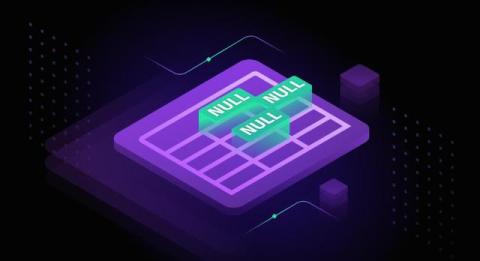How to benchmark your database management system | Data & AI Masters | Canonical
In this talk Mohamed Nsiri will provide a step-by-step guide on how to perform a benchmark of a given database management system configuration. We will explain how to assess the performance impact of a change (in memory, cpu speed, etc.) and how to universally compare different setups. The workshop will cover various factors that can significantly impact the performances of your databases including number of concurrent users, workload pattern and more.











